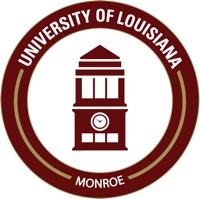Below is a summary of the abstract you submitted. Presenting author(s) is shown in bold.
If any changes need to be made, you can modify the abstract or change the authors.
You can also download a .docx version of this abstract.
If there are any problems, please email Dan at dar78@pitt.edu and he'll take care of them!
This abstract was last modified on April 29, 2018 at 10:41 a.m..

We have successfully isolated twenty-four phages that infect the Gordonia terrae host, three of which have been sequenced. Gordonia phage Sombrero is similar to other CS2 cluster members, has 76,485 bp with a direct terminal repeat of 201 bases, 110 open reading frames, one tRNA, and a GC content of 59.0%. Dogfish constitutes one of two members of the DT cluster of Gordonia phages (with Nyceirae). It has 41,907 bp with a 3’ sticky overhang of nine bases, 56 open reading frames, and a GC content of 67.5%. Catfish is presently classified as a Singleton and shares a limited degree of sequence homology with the CU1 subcluster of Gordonia terrae phages. Catfish has 46,888 bp with a 3’ sticky overhang of eleven bases, 79 open reading frames, and a GC content of 65%. We provide functional annotations of these phage genomes and explore their relationship to other Gordonia phage clusters using the SplitsTree, Gepard DotPlot, and Phamerator visualization tools. Such analyses provide insight not only into the relationship between the Gordonia terrae phages but can point to extended comparisons between other Actinobacter phage group isolates.
